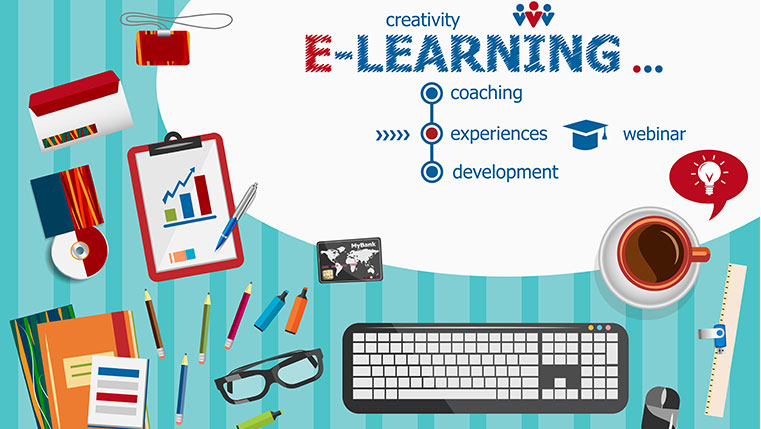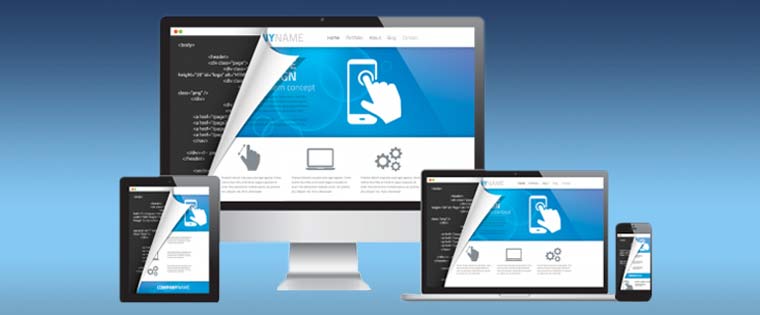How to Use Mnemonics in eLearning?

Our brains are not very good at remembering particular information. Adding a meaning makes it easier, hence the value of mnemonics. They can be used any time, whenever we need to memorize anything.
Mnemonics are one of the most powerful instructional strategies used to enhance learners’ retention of knowledge or crucial information. There are Mnemonic devices, which facilitate a learner’s recall of facts, definitions, and concepts, and captures information in a memorable way. Mnemonics help to recall larger pieces of information, like steps, stages, parts, etc. They are most useful when learners faced with a lot of difficult particular information. Instead of just providing information to the learners, the instructor can teach mnemonic techniques and ask learners to develop their own mnemonic, to help them remember information. Mnemonic devices come in a variety of forms.
- One is memorize a phrase in order to remember the spelling of a word. For example: “TOMORROW” Trails Of My Old Red Rose Over Window. If you have difficulty in memorizing a sentence rather than the spelling of the word, then this mnemonic does not serve any purpose.
- The rhyme “Thirty days hath September” is commonly used as a mnemonic for the number of days in the months of the year.
- Another Mnemonic technique is to memorize the order of a list of items. One such example is: “My Very Excellent Mother Just Sent Us Nine Pizzas” to remember the names of the planets of the solar system. Another example is “VIBGYOR” is used to remember the order of colors in the rainbow (Violet, Indigo, Blue, Green, Yellow, Orange, and Red).
- Six levels of Bloom’s Taxonomy: Keep Calm At All Sporting Events (Knowledge, Comprehension, Application, Analysis, Synthesis, and Evaluation). Peg words refer to a set of rhyming words that are used for numbers. For example: One is bun, two is shoe, and three is tree.
Types of Mnemonics
There are two main types of Mnemonics: Organizational Mnemonics and Encoding Mnemonics.
- Organizational Mnemonics: Using information you already know which helps in learning new information. The word “HOMES” (Huron, Ontario, Michigan, Erie, Superior) is used to remember the names of the Great Lakes of North America.
- Encoding Mnemonics: Using a device to help people learn unfamiliar information. E.g., teaching that the capital of Florida (Tallahassee) is represented by flower and television because Florida sounds like a flower and Tallahassee, like a television. To remember a picture of a flower on a television set was simple and easy.
4 Simple Steps to Construct Your Own Mnemonic Strategy
- Firstly analyze the information to which you will apply a mnemonic.
- Next, consider whether learning the mnemonic will help the learners learn more efficiently.
- And then, ensure that the mnemonic you develop is relevant to the information to be learned and should have a minimum number of steps.
- Finally present the information in a simple and memorable form.
Using Mnemonics is a very effective way of teaching subjective information. It is a device which aids the memorization of information in an easy and simple manner.





![Converting Legacy Courses to Responsive – 4 Quick Tips to Check [Infographic]](https://blog.commlabindia.com/hubfs/Imported_Blog_Media/convert-legacy-courses-to-responsive-infographic11.jpg)